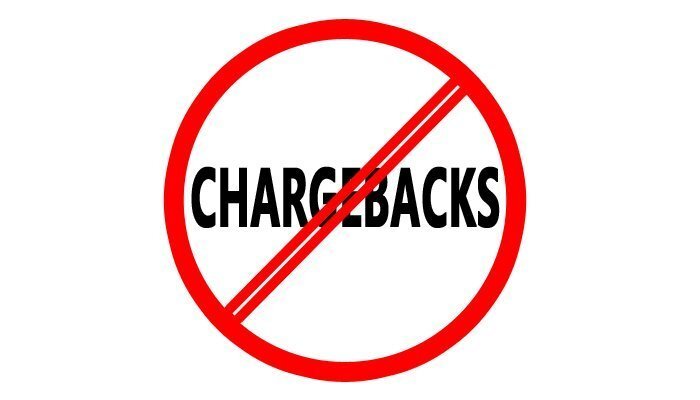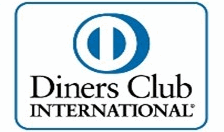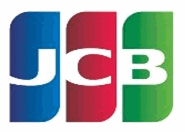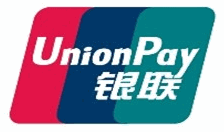Strategies for Business Owners to Avoid Chargebacks

It's no secret that chargebacks can be a major pain point for business owners. Not only do they lead to lost profits, but they can also increase the risk of fraud and damage customer relationships. As a business owner, it's important to understand what chargebacks are and how to prevent them. In this guide, we'll explore the basics of chargebacks and discuss some strategies for preventing them.
What is a chargeback?
A chargeback is a process in which a customer disputes a charge on their credit card statement and the credit card issuer reverses the transaction. Chargebacks can occur for a variety of reasons, such as fraudulent activity, mistaken purchases, or a customer's dissatisfaction with a product or service.
When a chargeback occurs, the merchant is typically responsible for paying the amount of the chargeback, plus any associated fees. This can be a costly expense for businesses, especially if chargebacks occur frequently.
The impact of chargebacks on businesses
Chargebacks can have a serious impact on businesses. Not only can they lead to financial losses, but they can also create operational issues, such as increased customer service requests, delays in processing payments, and difficulty with managing inventory.
In addition, chargebacks can also damage a business's reputation. Customers may be hesitant to shop with a business that has a high rate of chargebacks, and a poor reputation can lead to decreased sales and revenue.
Strategies for preventing chargebacks
The best way to prevent chargebacks is to be proactive. Here are a few strategies you can use to reduce the risk of chargebacks:
- Implement fraud prevention systems. It's important to have a system in place that can detect and prevent fraudulent activity. This may include using advanced fraud detection tools, such as IP address verification and 3D Secure authentication.
- Use best practices for chargeback prevention. Establishing best practices for chargeback prevention is essential. This may include requesting additional information from customers, such as a signed authorization form, to verify their identity.
- Set up automated chargeback prevention services. Automated chargeback prevention services can help you identify potential fraudulent activity and save time by automatically filing dispute responses.
- Ensure customer satisfaction. Providing excellent customer service and a positive customer experience can help to reduce the number of chargebacks you receive. Make sure to respond promptly to customer inquiries and complaints and do your best to resolve any issues as quickly as possible.
Tips for reducing chargebacks
In addition to the strategies mentioned above, there are some additional tips that can help you reduce the risk of chargebacks:
- Keep up to date with regulations. It's important to stay up to date on the latest credit card regulations and industry standards. This will help you stay compliant and avoid violating any rules, which can lead to chargebacks.
- Monitor customer activity. Regularly monitor customers' activity and look for any suspicious behavior. If you spot any potential issues, take action to prevent fraud and chargebacks.
- Streamline the checkout process. Make sure your checkout process is simple and easy to use. Long or complicated checkout processes can lead to customer confusion, which can result in chargebacks.
- Offer multiple payment options. Offering a variety of payment options can help to ensure customers have access to the payment method they are most comfortable with and can help to reduce the risk of chargebacks.
Ensuring customer satisfaction
The key to preventing chargebacks is ensuring customer satisfaction. Providing excellent customer service and a positive customer experience is essential. Make sure to respond promptly to customer inquiries and complaints and do your best to resolve any issues as quickly as possible.
Also, it's important to keep customers informed throughout the purchase process. Send them emails to confirm their order, provide tracking information, and notify them of any changes. This will help to ensure that customers are aware of their purchase and reduce the chances of them disputing a charge.
Keeping up to date with regulations
It's essential to stay up to date on the latest credit card regulations and industry standards. This will help you stay compliant and avoid violating any rules, which can lead to chargebacks.
Make sure to keep an eye out for any changes in regulations and to update your processes and policies accordingly. This will help to ensure that your business is compliant and reduce the risk of chargebacks.
Conclusion
Chargebacks can be a major pain point for business owners. Not only do they lead to lost profits, but they can also increase the risk of fraud and damage customer relationships. The best way to prevent chargebacks is to be proactive and use the strategies discussed in this guide.
By implementing fraud prevention systems, using best practices for chargeback prevention, setting up automated chargeback prevention services, and ensuring customer satisfaction, you can reduce the risk of chargebacks and protect your business. If you’re looking for more information on how to prevent chargebacks, contact MobiusPay today.
Return to Blog







* Created by
